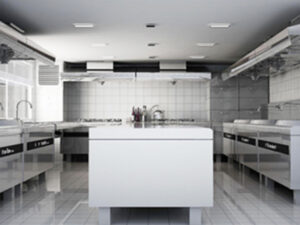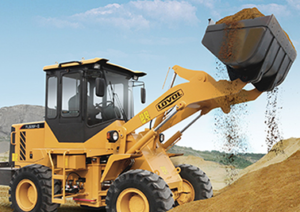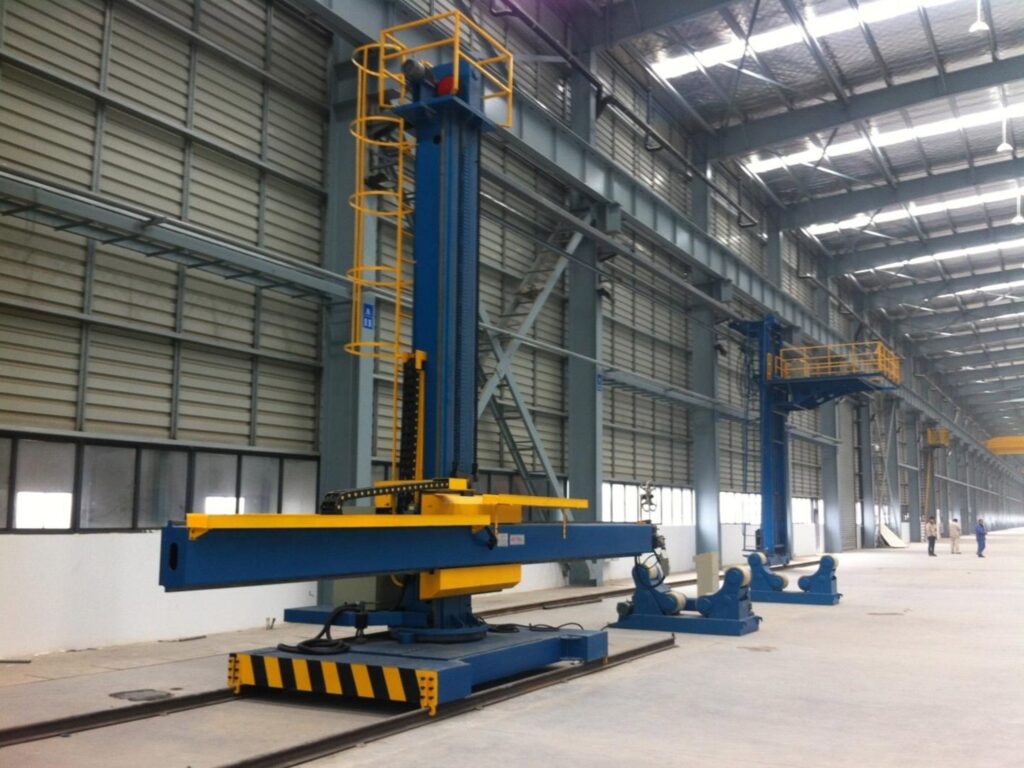
The W24S 3-roll profile bending machine is a machine designed to efficiently process a wide range of shaped steel profiles, including angles, I-beams, flats, squares and rounds. The machine is equipped with a pre-bending function for profiles, which reduces scrap and minimizes process complexity, and is suitable for use in a wide range of industries such as petroleum, chemical, hydroelectric, shipbuilding and machinery manufacturing. With its excellent performance and flexible operation, the W24S 3-roll profile bending machine is the advanced choice for profile forming.
Working Principle of 3-roll profile bending machine
The working principle of the W24S 3-roll profile bending machine is based on a three-roller design, where the top roller of the machine is fixed, while the lower rollers on both sides move up and down through an arc. All rollers are hydraulically driven for efficient profile processing. The machine’s PLC control system provides precise operation and monitoring to ensure stability and consistency in every process. The machine is also equipped with a mobile operator’s table, which makes it easy for workers to operate the machine from different working positions, further improving work efficiency.
Advantages of 3-roll profile bending machine
- Efficient Processing: The W24S profile bending machine supports rolling and rounding in one load, significantly reducing processing time.
- Pre-bending function: the machine can pre-bend profiles before processing, effectively reducing the generation of scrap.
- Precise control: PLC control system equipped with a touch screen, real-time display of the roll position to ensure processing accuracy.
- Flexible adaptation: it can be adjusted according to the requirements of different materials, with a wide range of applications.
| W24S 3-roll Profile Bending Machine Technical Parameter | |||||||||||||
| Modelo | 6 | 16 | 30 | 45 | 75 | 100 | 140 | 180 | 260 | 320 | 400 | 500 | |
| Max sector module of Elasticity(cm3) | 6 | 16 | 30 | 45 | 75 | 100 | 140 | 180 | 260 | 320 | 400 | 500 | |
| Rolling Speed (m/min) | 6 | 6 | 6 | 6 | 5 | 5 | 5 | 4 | 4 | 4 | 4 | 4 | |
| Profile Yield Limit (Mpa) | 245 | 245 | 245 | 245 | 245 | 245 | 245 | 245 | 245 | 245 | 245 | 245 | |
| Max section of Angle Bending | 40×5 | 70×8 | 80×8 | 90×10 | 100×10 | 120×12 | 140×16 | 150×16 | 160×16 | 180×14 | 200×18 | 200×20 | |
| Min bending dia. | 800 | 1000 | 1200 | 1500 | 2000 | 2400 | 2500 | 2600 | 2600 | 3600 | 3600 | 4000 | |
| Max section of Angle Bending | 50×5 | 80×8 | 90×10 | 100×10 | 120×12 | 140×16 | 150×16 | 160×16 | 180×14 | 200×18 | 200×24 | 250×25 | |
| Min bending dia. | 800 | 1000 | 1100 | 1300 | 1600 | 1800 | 2200 | 2000 | 2500 | 3600 | 3600 | 4000 | |
| Max section of C-channel Bending | 8# | 12# | 16# | 20# | 25# | 28# | 30# | 32# | 36# | 40# | 45# | 50# | |
| Min bending dia. | 600 | 800 | 800 | 1000 | 1100 | 1700 | 1200 | 1500 | 1800 | 2000 | 2000 | 2400 | |
| Max section of C-channel Bending | 8# | 12# | 16# | 20# | 25# | 28# | 30# | 32# | 36# | 40# | 45# | 50# | |
| Min bending dia. | 700 | 900 | 1000 | 1150 | 1600 | 1700 | 1700 | 1800 | 1800 | 2000 | 2000 | 2000 | |
| Max section of Bending Flat Bar | 100×18 | 150×25 | 180×25 | 200×30 | 220×40 | 250×40 | 280×50 | 300×50 | 330×50 | 360×60 | 400×75 | 500×76 | |
| Min bending dia. | 600 | 700 | 800 | 900 | 1000 | 1200 | 1300 | 1500 | 1900 | 2000 | 2400 | 2400 | |
| Max section of Bending Flat Bar | 50×12 | 75×16 | 90×20 | 100×25 | 110×40 | 120×40 | 150×40 | 180×30 | 190×40 | 190×50 | 200×50 | 200×60 | |
| Min bending dia. | 500 | 760 | 800 | 1000 | 1100 | 1300 | 1500 | 2000 | 2000 | 2400 | 2200 | 2500 | |
| Max section of Bending Pipe | 42×4 | 76×4.5 | 89×5 | 89×8 | 114×5 | 159×5 | 168×6 | 168×8 | 219×8 | 245×8 | 273×8 | 323×10 | |
| Min bending dia. | 500 | 750 | 900 | 900 | 1200 | 2000 | 2000 | 2000 | 3500 | 3000 | 3500 | 4200 | |
| Max section of Bending Round Steel | 38 | 52 | 62 | 75 | 85 | 90 | 100 | 110 | 120 | 135 | 150 | 160 | |
| Min bending dia. | 450 | 600 | 600 | 800 | 1000 | 1100 | 1200 | 1300 | 1350 | 1800 | 2000 | 2000 | |
| Max section of Bending Square | 45×3 | 60×4 | 70×4 | 80×6 | 90×8 | 100×10 | 125×10 | 140×10 | 150×10 | 165×10 | 180×12 | 200×12 | |
| Min bending dia | 750 | 900 | 1000 | 1200 | 1600 | 2000 | 2500 | 3000 | 3000 | 3500 | 3500 | 5000 | |
 |
Max section | / | / | / | / | 10# | 12.6# | 14# | 16# | 18# | 20.6# | 22.6# | 25.6# |
| Min bending dia | / | / | / | / | 2000 | 2500 | 3000 | 3500 | 4000 | 5000 | 8000 | 10000 | |
Details of 3-roll profile bending machine
Structural design: The machine frame is made of steel to ensure stability and durability.
Drive system: All three rollers are hydraulically driven, providing strong power to ensure efficient work.
Mobile control panel: It is easy for the operator to control in different positions to enhance the working flexibility.
Horizontal and Vertical Working Positions: The working posture can be adjusted according to the processing needs, adapting to different working environments.
Guide roller device: When rolling asymmetric profiles, the guide roller prevents distortion and ensures the quality of the finished product.
Applications of 3-roll profile bending machine
- Petroleum and chemical industry: for manufacturing pipes and equipment structures.
- Hydroelectric industry: to provide all types of steel components required for hydroelectric power stations.


- Shipbuilding: to manufacture ship hulls and other related structures.
- Machinery manufacturing: used to manufacture structural components for machinery and equipment.


Technical guidance of 3-roll profile bending machine
Regular maintenance on the W24S profile bending machine to guarantee efficient operations are as follows:
- Hydraulic system check: Keep hydraulic oil at the right level and clean to keep oil in good condition and maintain normal operation of the hydraulic system.
- Roller maintenance: Keep rollers clean and lubricate them regularly as well as check for wear and tear to ensure good quality rolling.
- Electrical system maintenance: Preventive maintenance in checking the PLC control system and electrical lines to avoid malfunction that can affect production.
- Training for operation: The user shall be trained in the operation of the equipment to become familiar with the functions and safety precautions.





